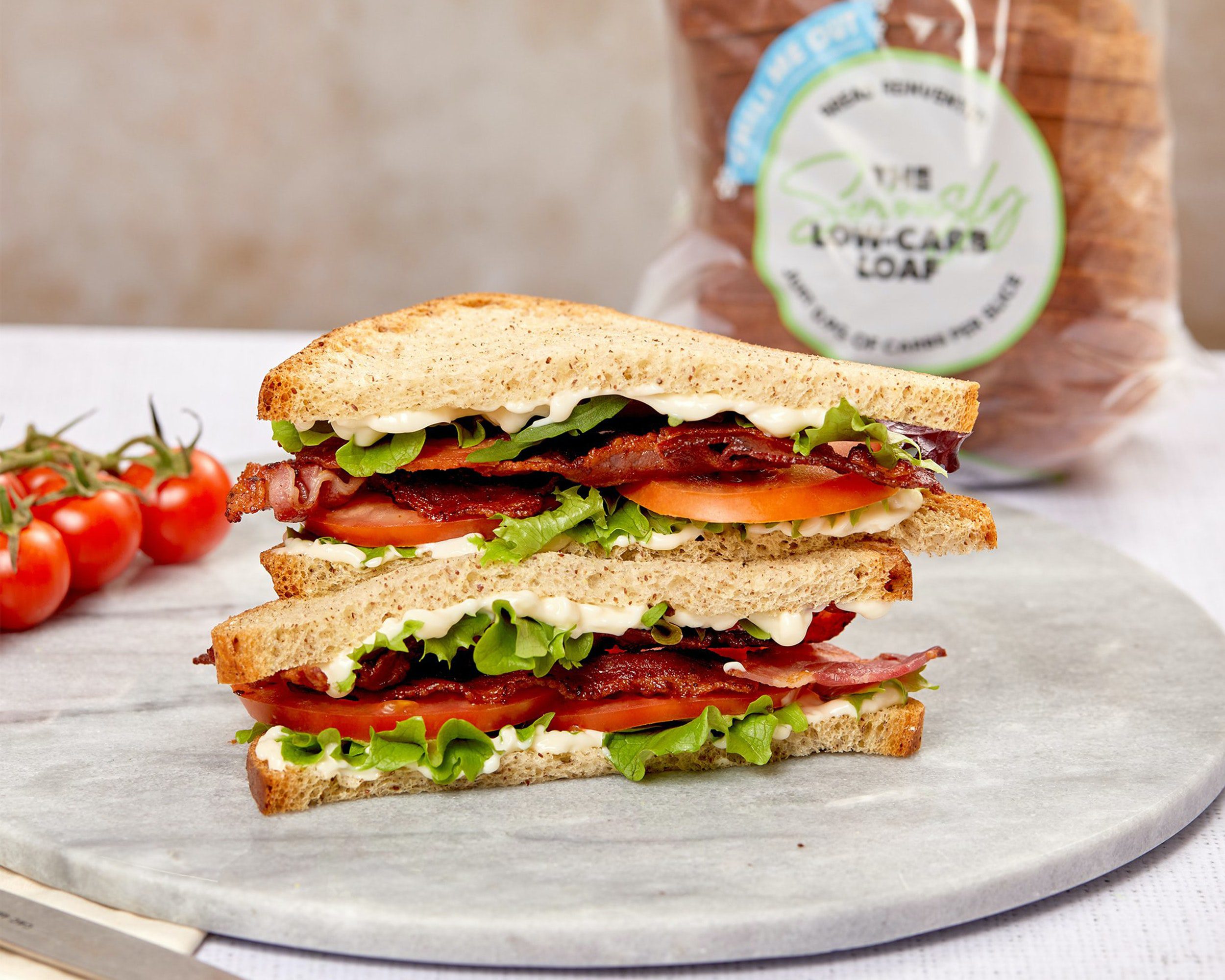The sandwich is an icon of America’s lunchtime. You’d have to live deep in the woods to not be within a short distance of a sub shop where all the locals head for a quick bite to eat. Whether hot pastrami on rye or the classic footlong sub, you can find a plethora of options across the country. How did this bread and meat combination become so popular in the U.S.? The story might surprise you.
Tracing the origins of the sandwich is not as clear-cut as it seems. Officially, the naming and creation are attributed in 1762 to John Montagu, the 4th Earl of Sandwich, a county in England. During a gambling marathon, the Earl asked his chef to bring him dinner that wouldn’t require him to use cutlery or lower his hand of cards. The chef brought sliced meat between pieces of toast, allowing the Earl to keep one hand free during the game.
However, historians theorize Montagu wasn’t the first person to do this culinary practice. Rather, they say a trip to Eastern Mediterranean countries where the Greeks and Turks would serve appetizers in a similar style to sandwiches influenced his request. Even as far back as the first century BCE, Rabbi Hillel the Elder is credited with putting cooked lamb, nuts, and herbs between two pieces of bread, and his ingenuity has carried over into modern times.
The 19th century would be when the sandwich became a more commonly-eaten meal in American society. In 1884, the Boston Cooking School published the first-ever recipe book exclusively for culinary mainstay.
A year prior, the legendary food tycoon Oscar E. Meyer would lease a failing meat market with his brothers, and with steady growth, they created a successful lunch meat line in just five years. Now, Oscar Meyer is a nationally-recognized brand.
No sandwich would be complete without bread, arguably the ingredient that had the most significant influence on its rise to prominence. In 1920, Wonder Bread began operations, and by 1930, they produced pre-sliced packaged bread, a revolutionary product at the time.
Today, you’ll find pre-sliced bread across various brands. However, creating regional-specific versions in the 1930s contributed to cultural integration in America. The Po’ Boy, a New Orleans classic, would emerge as a product of the Great Depression, yet now can be found in gastro pubs across the nation. The 1960s would be the true turning point for sandwiches in American culinary life, with Subway and Blimpie opening on the East Coast as small-time submarine stops before becoming national chains.
Today, sandwiches have become more intricate, with plenty of regions of the country creating their signature versions. Hamburgers are the most popular, with chicken varieties close behind.
We’re not here to debate hot dogs’ inclusion or exclusion; however, a Boston court ruling in 2006 said that a sandwich includes at least two slices of bread, so tacos, burritos, and quesadillas do not meet the criteria since they are wrapped in tortillas. But there are still several options to consider, like bagels, chicken salad, BLTs, sausage and peppers, and cheesesteaks that would make this list about as long as a CVS receipt.
On Nov. 3, be sure to shop locally and support a delicatessen or Mom and Pop shop to celebrate the food that changed convenient eating forever.





